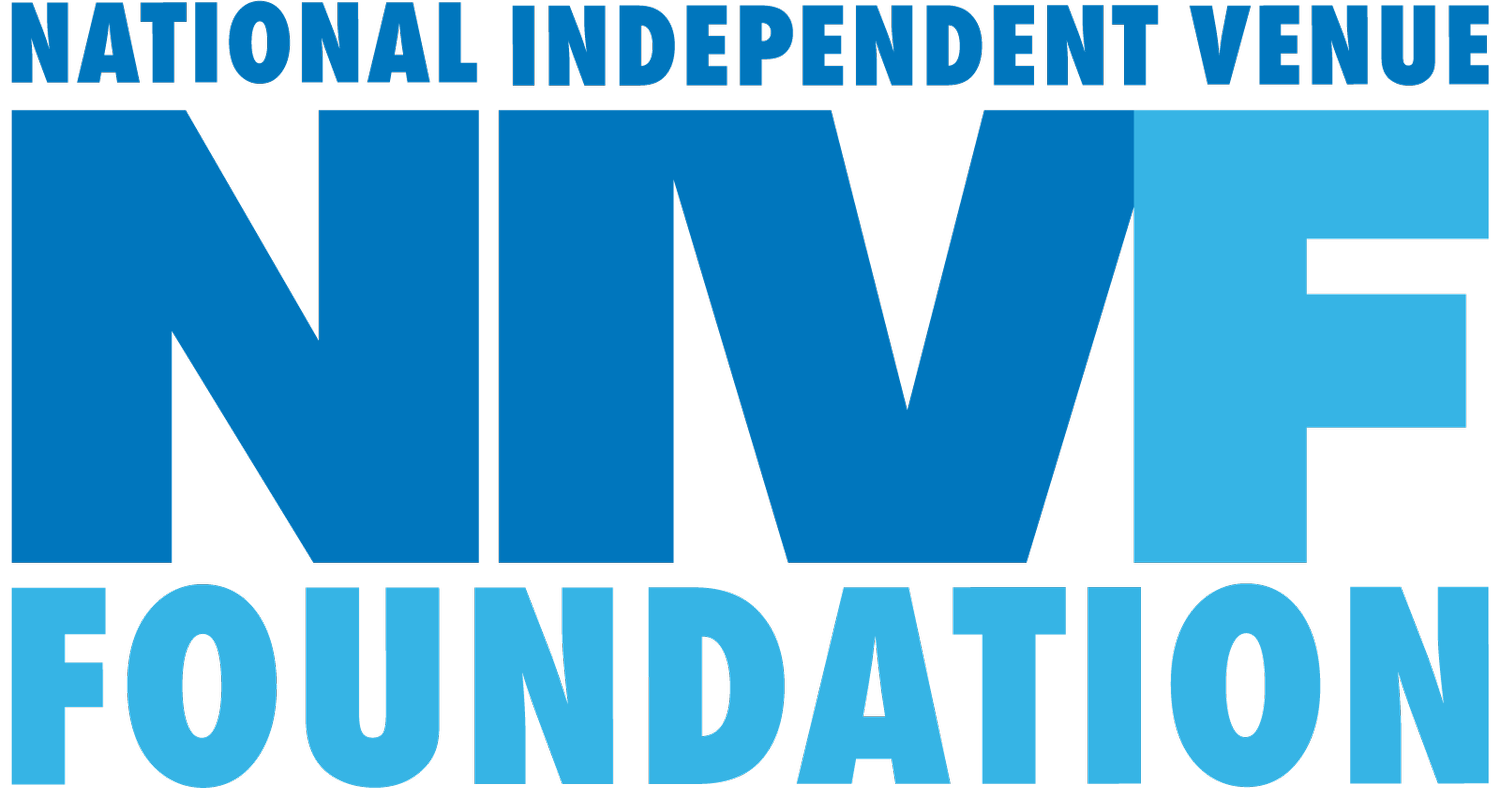Inclusive Communication - Building Stronger Connections in Independent Venues
Inclusive Communication - Building Stronger Connections in Independent Venues
Target Audience: Venue managers, owners, and aspiring or current leaders looking to advance into leadership roles.
Session Description: Effective communication is the foundation of a thriving independent venue. This session explores the fundamentals of clear communication and the impacts of inclusive messaging in the workplace. Participants will assess how inclusive communication—whether targeted at direct participants, impacted stakeholders, or broader interested parties—shapes workplace culture, project success, and employee engagement. The workshop also examines the impact of inclusion (or exclusion) in communication streams on team collaboration and professional growth. Attendees will leave with practical strategies to foster more inclusive communication patterns, leading to stronger connections and better outcomes in their venues.
Instructed by: Karol Mattes & James Celentano|EnterGain
ADDITIONAL RESOURCES
Staff or Team Discussion Questions
General Discussion:
Why is effective communication crucial in live music venues? Can you share an example from your experience?
What are some of the biggest communication risks in live event spaces? How can they be mitigated?
How do internal and external communication needs differ in a venue setting?
AAA Communication Model:
How do you apply Advocate, Ask, and Acknowledge (AAA) in your daily work?
Can you think of a situation where a lack of AAA communication led to a misunderstanding or conflict? How could it have been handled differently?
In the “Cash vs. Cashless” exercise, what arguments would you advocate for? What questions would you ask? How would you acknowledge differing viewpoints?
Inclusive Communication:
What are the key qualities of an inclusive communicator? How do they impact team culture?
Reflecting on the one-word exercise (e.g., "listened," "empowered"), what communication behaviors make you feel included at work?
How can leaders ensure that all team members feel heard and valued?
Have you encountered a situation where someone was excluded from a conversation or decision-making process? How was it handled, and what could have been done differently?
Workplace Culture & Leadership:
The research presented suggests that openness, accessibility, and availability are valued leadership traits. How do these apply in your workplace?
What strategies can we implement to build a psychologically safe workplace where employees feel comfortable voicing concerns or ideas?
How can supervisors communicate equitable and transparent information to their teams?
How do we balance creating a collaborative environment while encouraging individuals to share unique perspectives?
Scenario-Based Exercise (Inclusive Communications Improv):
In the Bob’s Beer scenario (where only 5 cases were delivered instead of 55 for a fundraiser), how would you apply inclusive communication strategies to address the problem?
How would you structure a clear and concise message to your team to ensure a smooth solution?

